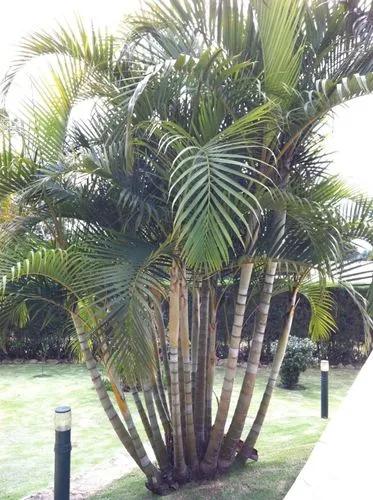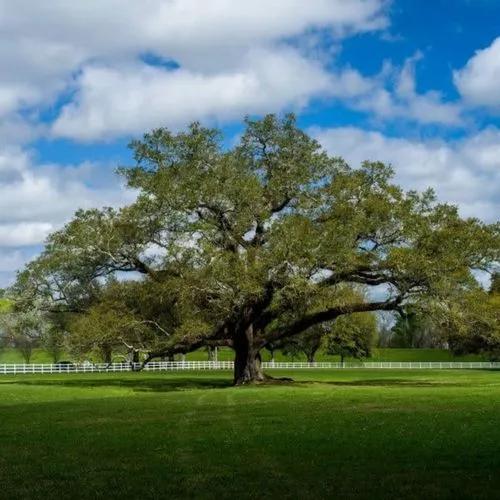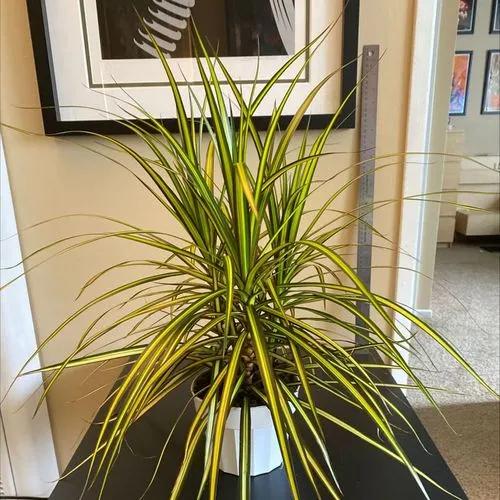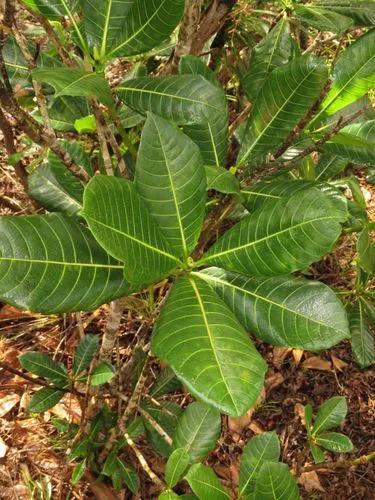Pinus jeffreyi, also known as Jeffrey pine, Jeffrey's pine, yellow pine and black pine, s a North American pine tree. It is mainly found in California, but also in the westernmost part of Nevada, southwestern Oregon, and northern Baja California. It is named in honor of its botanist documenter John Jeffrey.
Jeffrey Pine Care
Pinus Jeffreyi



Pinus jeffreyi is a large coniferous evergreen tree, reaching 25 to 40 m (82 to 131 ft) tall, rarely up to 53 m (174 ft) tall, though smaller when growing at or near tree line.[5] The leaves are needle-like, in bundles of three, stout, glaucous gray-green, 12 to 23 cm (4.7 to 9.1 in) long. The cones are 12 to 24 cm (4.7 to 9.4 in) long, dark purple when immature, ripening pale brown, with thinly woody scales bearing a short, sharp inward-pointing barb. The seeds are 10 to 12 mm (0.39 to 0.47 in) long, with a large (15 to 25 mm (0.59 to 0.98 in)) wing.
Pinus jeffreyi is closely related to Pinus ponderosa (ponderosa pine) and is similar in appearance. One way to distinguish between them is by their cones. Each has barbs at the end of the scales. The sharp Pinus jeffreyi cone scale barbs point inward, so the cone feels smooth to the palm of one's hand when rubbed down the cone. Pinus ponderosa cone scale barbs point outward, so feel sharp and prickly to the palm of one's hands. This gives rise to the memory device for distinguishing between them - "gentle Jeffrey and prickly ponderosa". Another distinguishing characteristic is that the needles of Pinus jeffreyi are glaucous, less bright green than those of Pinus ponderosa, and by the stouter, heavier cones with larger seeds and inward-pointing barbs.
How to Care for the Plant

Popularity

50 people already have this plant 5 people have added this plant to their wishlists
Discover more plants with the list below
Popular articles






